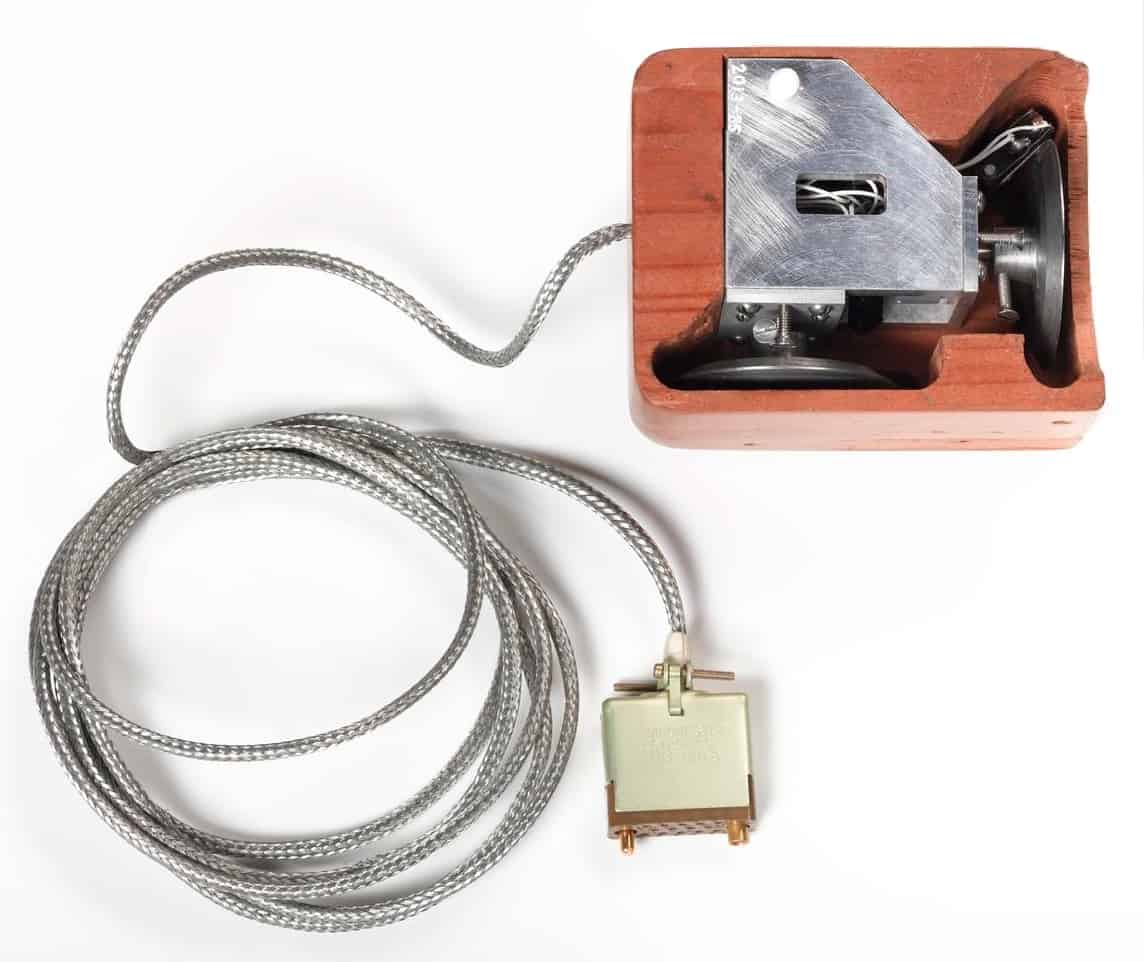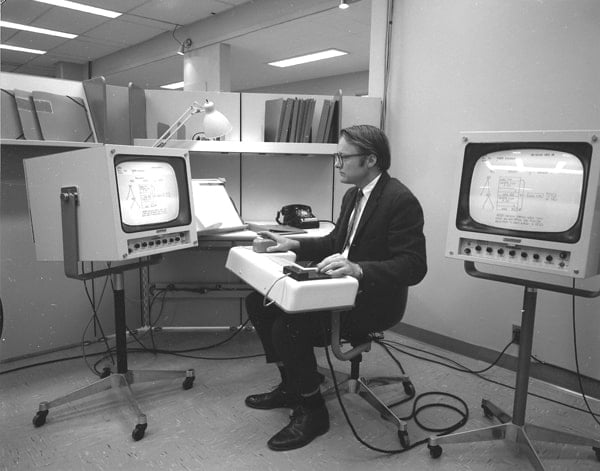When you think about the history of the computer mouse, all credit goes to Douglas Engelbart and Bill English. Their prototype set the path that would eventually change how billions worldwide use computers. While Xerox, Apple, and other brands may receive credit for making the mouse a household name, the history of the mouse is far more interesting than just one man or brand.
A Visual History
If you want to learn about the history of the mouse through video, there’s no one better to help you than Linus Tech Tips himself. Through his Techquickie channel, Linus walks us through everything from the first wooden box mouse to the laser-based RGB mice we love today.
Quick Facts
- Created
- 1964
- Creator (person)
- Douglas Engelbart, Bill English
- Original Use
- Interact with graphical user interface
- Cost
- ~$300
It’s a fascinating look at Xerox’s involvement and the myriad of designs that helped revolutionize this ridiculously popular computer solution. The video even discusses the history of optical mice, and in typical Linus fashion, it’s filled with plenty of fun GIFs and exciting visuals that help you truly grasp the gravity of just how much history has gone into this product lineup.
Of course, Linus also touches on the popular growth of the gaming mouse, which is hard to ignore when you think about the mouse’s history. Nowhere is the evolution of the mouse over the last twenty years more present than in the many gaming mice made by the likes of Logitech, Razer, and Corsair.
The Computer Mouse History

Douglas Engelbart conceived the first computer mouse in the early 1960s. At the time, he was the director of the Augmentation Research Center (ARC) at Stanford Research Institute (SRI) in Menlo Park, California. The mouse was just a tiny piece of a much larger project started in 1962 to augment human intellect.
When the mouse was invented, Engelbart had already been exploring possible ways for people to increase their capability to solve complex problems for almost a dozen years. After Engelbart had gotten the idea, he hired Bill English, who was working in another SRI lab, to design the hardware. Later, the group was joined by Jeff Rulifson, who made a big difference in the software quality.
Problem-Solving
Doug Engelbart and William (Bill) English envisioned problem-solvers using computer-aided working stations to augment their efforts. They required the ability to interact with information displays using a device to move a cursor around the screen. Several types of devices were used or considered for use: the light pen, joysticks, etc. Engelbart and English, however, were looking for the best and the most efficient device. In 1964, the first computer mouse prototype was made with a graphical user interface (GUI), “Windows.”
They approached NASA in 1966, and with NASA funding, the team developed types of tasks and timed a group of volunteers to do those tasks with the various devices. For example, the computer would generate an object randomly on the screen and a cursor somewhere else. They timed how long it took the users to move the cursor to the object. It quickly became clear that the mouse out-performed all the others. Devices like the light pen took too much time, requiring the user to pick up the pointer and reach the screen, which was very tiresome.
The Engelbart mouse, which used two discs to indicate an X-Y position and only one button, was difficult to use. These facts led Bill English to introduce the first ball mouse in 1972.
The Computer Mouse: How It Worked

The original mouse had the cord in the front, but they quickly moved it to the back end to get it out of the way. It was a simple mechanical device with two perpendicularly mounted discs on the bottom. You could tilt or rock the mouse to draw straight horizontal or vertical lines.
Engelbart applied for a patent in 1967 and received it in 1970 as an assignor of SRI for the wooden shell with two metal wheels. He created the device to function as an X-Y position indicator for a display system. “It was nicknamed the mouse because the tail came out the end,” Engelbart revealed about his invention. His version of Windows and GUI was not considered patentable (no software types were issued patents then), but Engelbart had over 45 other patents at the end of his career.

The two metal discs could control the X-Y position but had limited practical uses. These wheels could only move on particular surfaces, so Bill English improved the design with the first ball mouse. Apple further improved the basic computer mouse design to evolve to modern-day designs.
The Computer Mouse: Historical Significance

The first production workstation and mouse were made in 1967. Douglas Engelbart demonstrated the mouse and other advanced technologies in the famous demonstration of experimental computer technologies on December 9th, 1968. Known as “The Mother of All Demos,” Engelbart featured the introduction of the computer mouse, video conferencing, teleconferencing, email, hypertext, word processing, hypermedia, object addressing and dynamic file linking, bootstrapping, and a collaborative real-time editor.
Engelbart, the inventor of one of the most popular computer interface devices, didn’t receive royalties for inventing the first computer mouse or any subsequent evolution of this invention.

The first cordless mouse was shipped in September 1984 with the Metaphor computer of David Liddle and Donald Massaro, former Xerox PARC engineers. The computer also had a cordless keyboard and function keypad for various uses.
The mouse was built for Metaphor by Logitech and used infrared (IR) signals to transmit mouse data to the computer. The problem with such devices that used IR technology was that to work, they needed a clear line of sight between the mouse and the computer’s receiver. This became a problem on a cluttered desk. Cordless mice did not get traction until this problem was solved. This was accomplished by replacing IR with radio frequency (RF) communications.
The First Commercial Mouse
April 27 2021, marked the 40th birthday of the first commercial computer mouse. On April 27, 1981, this mouse was sold as an accessory to a far too expensive computer for any average Joe to own. The computer was Xerox Star or the 8010 Information System. A stand-alone model with the software costs a whopping $16,500, which is close to $50,000 in today’s market. What was even worse was that the computers were designed to function in a network so the cost would have been even greater.
While the Xerox Star was a commercial flop, the mouse lived on, subsequently accompanying MacIntosh computers and Apple’s Lisa computer. Until this point, the mouse had only been an experimental device. Though the Xerox Star didn’t impress as a package, it demonstrated the mouse as a valuable asset that could be sold to the public. And the rest, as they say, is history.
The image featured at the top of this post is ©everydayplus/Shutterstock.com.

